Uneven tire wear is a very disappointing thing, especially if you just installed new tires on your car. And, uneven wear not only prematurely ends the life of your tires, but it can also be unsafe to drive on such tires.
One of the most dangerous types of uneven tire wear is called tire cupping, also known as “scalloped tires.” This is a term that most people don’t recognize right away, which is why I decided to take action and write something about it.
Let’s learn everything there is to know about tire cupping and how to prevent it.
What is Tire Cupping and How it Occurs?
Tire cupping is a type of uneven tire wear. On the outside, it looks like parts of the tread of the tire are missing. It usually repeats across the tread of the tire and never happens in one place.
The issue is mainly represented in tires for trailers and caravans. When these vehicles are unloaded, they usually typically don’t have good contact with the surface, especially on bumpy roads. Or, if you like it in lay man’s words, trailers jump on uneven surfaces.
As a result of that jumping, the tire doesn’t wear evenly along with the tread pattern. The areas that have contact with the road wear much faster than areas that constantly touch the surface.
These things can also happen in regular passenger cars. Scalloped tires don’t occur very often in these vehicles, though, and they largely happen due to bad components or improper maintenance.
Nonetheless, once tire cupping starts to take place, the tire won’t be able to provide you with the same performance. Traction will be limited, especially on wet surfaces, and the same is true for cornering grip.
Ultimately, scalloped tires can become very noisy at higher speeds, which dramatically worsens the experience for the passengers. Suffice to say; you need to take extra care to avoid tire cupping.
Main Causes for Tire Cupping
Tire cupping doesn’t appear as a result of one particular thing. Sometimes, it’s a combination of many things linked to the tires and wheels, the underbody of the car, and suspension components. Let’s get into more detail and revisit the most common culprits for tire cupping.
1. Improperly Balanced Tires
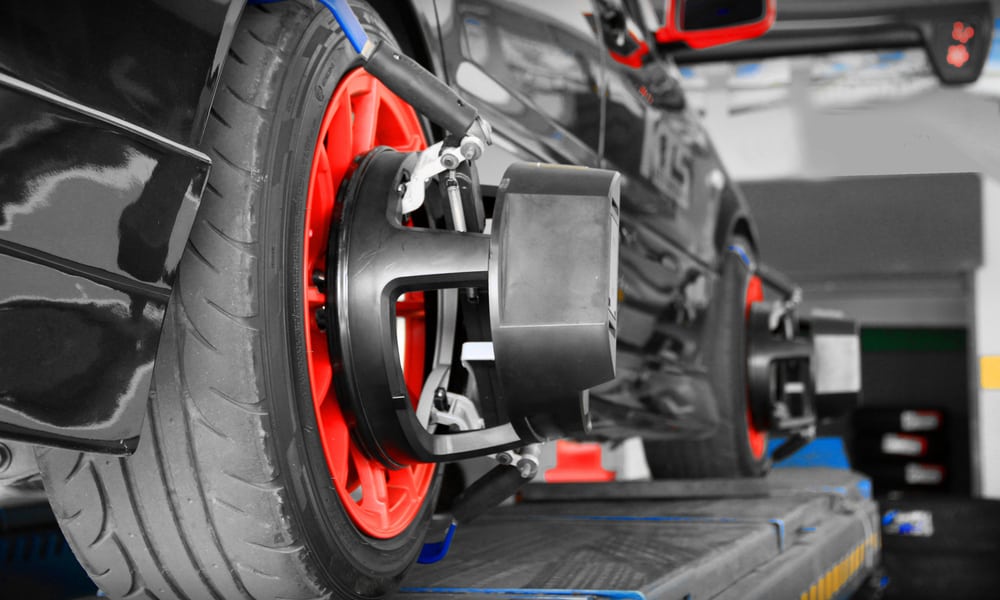
Every time you put new tires on your car, ask the tire technician to balance them appropriately. Do that each time you replace your summer tires with winter tires as well.
Tires that aren’t balanced well will vibrate at higher velocities, which might wear down suspension components very soon. Moreover, the vibrations can lead to cupping appearing on the tread of the tire.
2. Bent or Damaged Rims
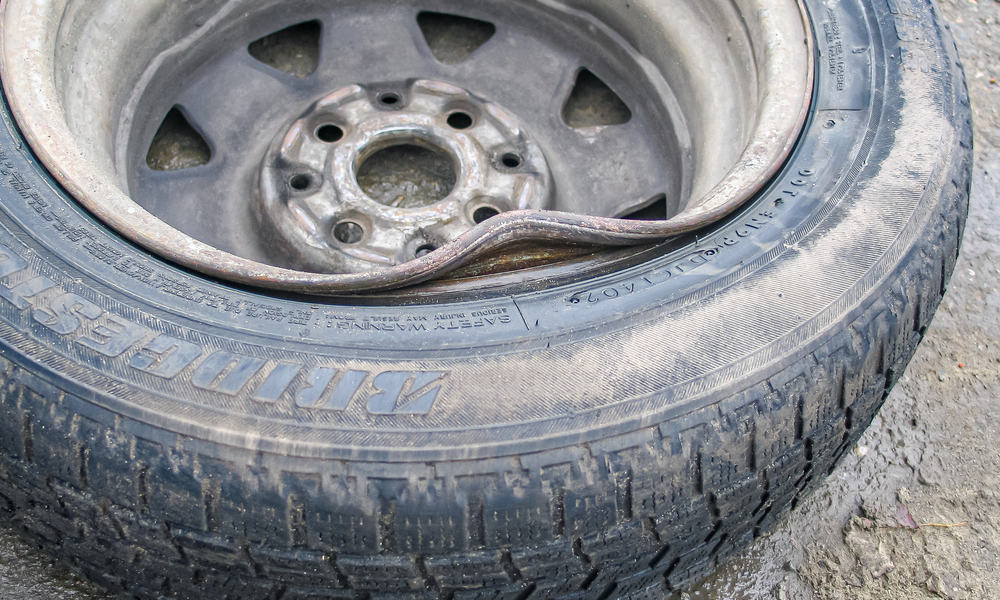
A bent rim can also lead to excessive vibrations while you drive. These vibrations can then lead to tire cupping appearing on the tread of the tire. Moreover, a damaged rim can spoil the balance of the wheel.
Fortunately, you can easily mitigate this issue by repairing the bent rims. This is a much cheaper solution than replacing the tire, and you should do it the first moment you noticed that your rim is bent.
3. Worn Suspension Components
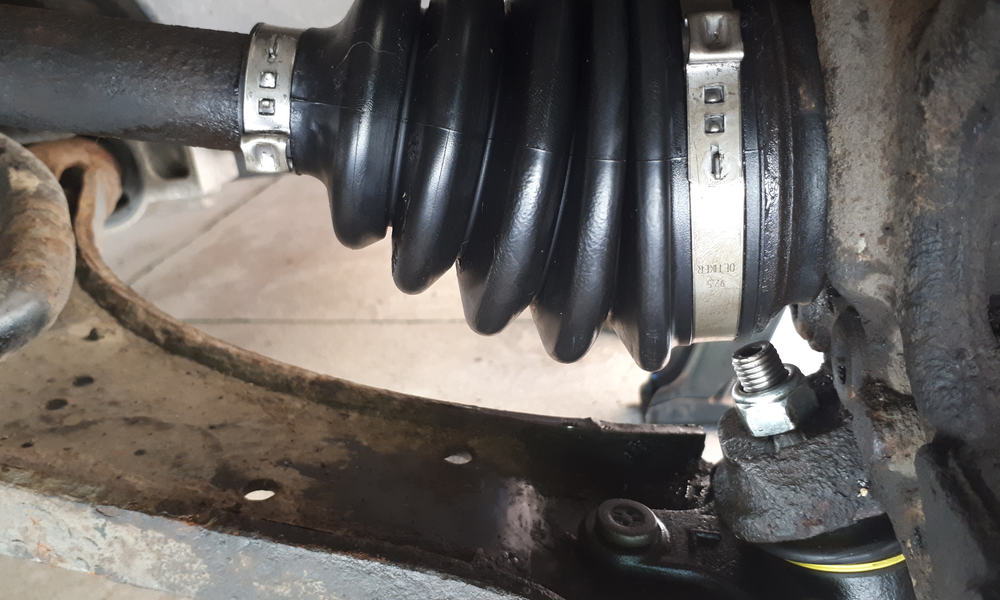
Tire cupping can also occur if you have worn suspension components. That’s mostly true for the shock absorbers, but struts and bushings can also lead to scalloped tires.
When one of these components is worn out, the tire won’t have reliable contact with the surface. In other words, it will bounce on uneven surfaces.
4. Underinflated Tires
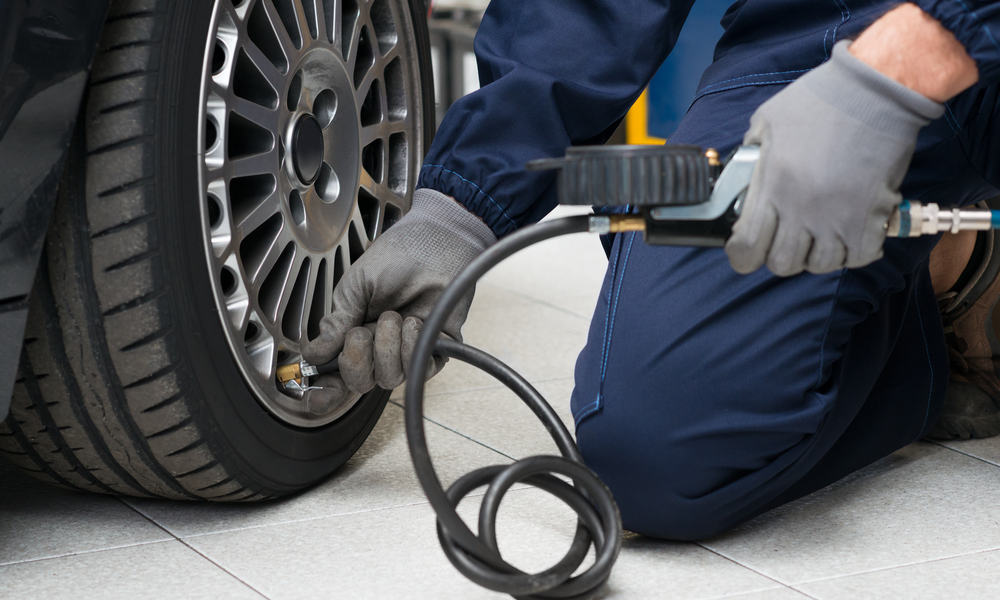
Severely underinflated tires are a safety hazard, which is the primary reason why you should keep them properly inflated each time you hit the road.
However, tires without enough pressure will also bounce from the ground, which will lead to tire cupping. That’s especially true if you drive for prolonged periods, so be sure to check the pressure inside your tires at least monthly.
5. Using Very Cheap Tires
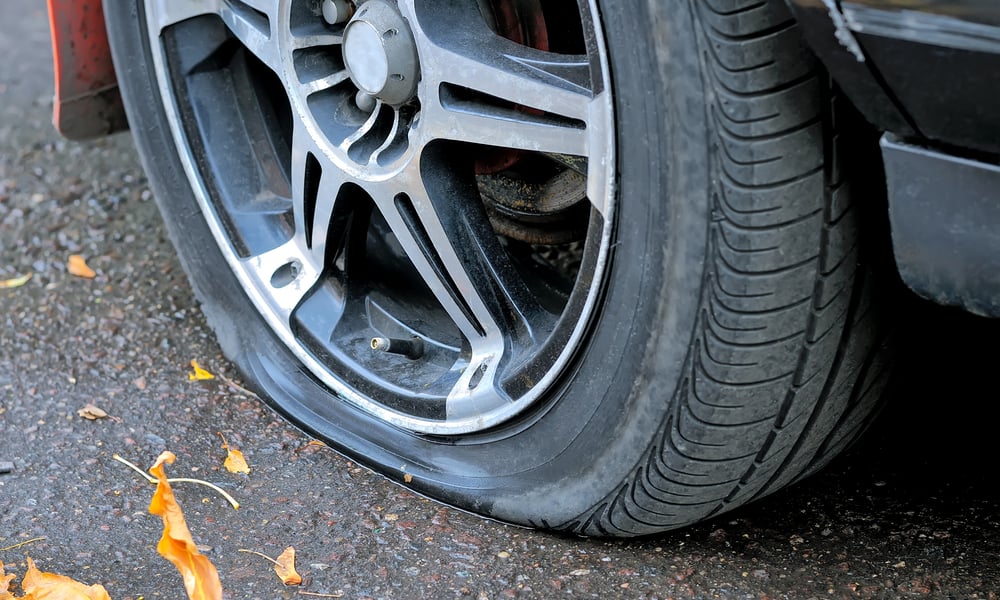
I can’t stress this enough, but very cheap tires from manufacturers that you haven’t seen before aren’t worth it. These products usually don’t go through the strict test procedures of premium tires. Moreover, these companies lack R&D experience, which generally leads to low-quality products.
These tires not only lack reliable traction for a safe driving experience, but they also tend to wear unevenly. I’ve seen many examples of very cheap tires where cupping occurs, even though the suspension components of the vehicle are okay.
How to Recognize Tire Cupping?
Fortunately, you can easily recognize tire cupping once it occurs. The main sign of cupping is increased vibrations coming from the wheels. Now, vibrations can also happen if the tires aren’t properly balanced, so be sure to inspect your tires visually before jumping to conclusions.
Furthermore, your car will not be stable when tire cupping occurs. The vehicle may veer from one side to another when driving in a straight line, or behave erratically during cornering. Again, confirm your suspicion with a visual inspection of the tires.
Finally, tire cupping can lead to noisy operation, especially at higher speeds. For that reason, if you feel one of the tires becomes noisy, make sure to make a visual inspection to confirm that tire cupping occurred.
How to Prevent It?
Preventing tire cupping is very straightforward, and it includes proper maintenance of your tires and your vehicle.
For the tires, you must take care to keep them properly inflated at all times, especially if you go on a long road trip. Also, make sure that you rotate and balance the tires regularly, or every 5,000 to 8,000 miles. Doing this at your regular service interval will save you a few bucks.
Meanwhile, make sure that your wheels are always aligned correctly. Also, make sure that the suspension components behave normally – look for thumping noises coming from the underbody of the car.
Conclusion
Tire cupping can happen to everyone, even on some newer vehicles. Nonetheless, you can significantly mitigate the issue if you deal with it on time. Make sure to check your tires right after your car behaves erratically. The more you wait, the worse it becomes.
But what do you think about tire cupping? If you have some questions or suggestions, please do not hesitate to comment down below. Also, if this article helped you learn something new, share it with the world – it will help us produce even better articles in the future!
The post 5 Main Causes for Tire Cupping (Tips to Prevent) appeared first on Smart Motorist.
source https://www.smartmotorist.com/what-causes-tire-cupping
No comments:
Post a Comment